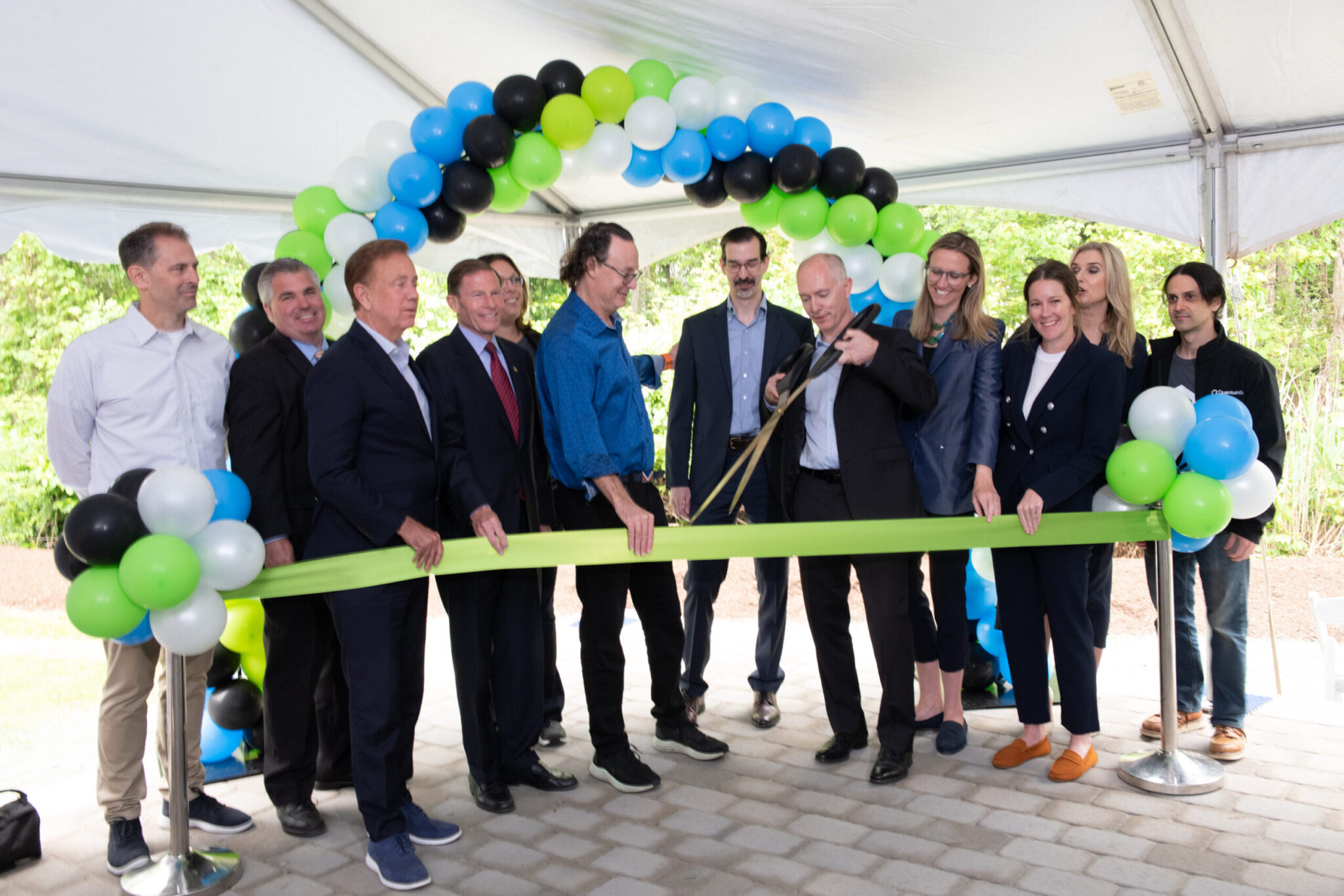Biotech company founded by Yale alum opens new headquarters in Connecticut
Quantum-Si, a biotechnology company based in Branford, Connecticut, moved into a new space to support over 100 staff as they continue to develop and market their protein sequencing technology called “Platinum.”

Courtesy of Katherine Atkinson
Jonathan Rothberg GRD ’91, a biotech entrepreneur with 100 patents to his name, is now venturing into protein sequencing in southern Connecticut.
This past June, Quantum-Si, a company Rothberg founded to develop more precise, cost-effective protein sequencing technology, opened their new headquarters in Branford, Connecticut. The 29,420 square-foot building provides Quantum-Si with space for engineering teams, laboratories, and meeting rooms for a staff of over 100 people.
“We believe New Haven County is the perfect strategic location to attract world-class scientific talent as we seek to grow our teams,” said Quantum-Si CEO Jeff Hawkins. “We look forward to leading the expansion of the life sciences industry in Connecticut.”
Before Quantum-Si, Rothberg founded a biotech company called Hyperfine, which develops portable MRI scanners. In 2014, President Barack Obama also awarded Rothberg the National Medal of Technology and Innovation.
That same year, Rothberg founded Quantum-Si with the aim of democratizing single-molecule protein sequencing, a scientific process that involves identifying specific amino acid building blocks within a longer protein chain. While sequencing single-molecule proteins has been a difficult feat for biotech companies to achieve, Quantum-Si achieved a breakthrough with their benchtop protein sequencer, Platinum.
Marketed as a cost-effective and compact solution for laboratories, Platinum is able to map out protein sequences on the molecular level.
“We have a truly transformative product on the market in Platinum, a next-generation protein sequencer, a leadership bench of highly experienced executives, and now we have the facilities to scale alongside that growth,” Rothberg said at the plant’s opening.
According to Quantum-Si leaders, Platinum’s small size and relatively low cost makes it designed for accessibility. The current industry standard for protein processing uses a large machine called a mass spectrometer, which can cost close to one million dollars to build and operate. In comparison, Platinum costs about $70,000 and is roughly the size of a panini oven.
“A lot of researchers don’t have [mass spectrometers] so they’ll take their sample and send it to a facility where someone will do the analysis for them and then return the result,” said Todd Rearick, Quantum-Si’s chief technology officer.
Compared to mass spectrometers, Quantum-Si leaders claim, Platinum is also more simple to use. With Platinum, after scientists process and dye the proteins, they can load protein samples into the machine, which stores them in nanoscale holes on the processing chip.
Using custom-made proteins that bind to amino acid building blocks, Platinum can recognize the specific components of a protein chain. The machine then can upload that data to Quantum Si’s own cloud network.
“It’s a very sensitive system and we are observing in real time the interaction of our custom recognizer molecules with the end terminal amino acid of a peptide as it’s being digested,” said Rearick, “When those interactions are happening, we’re actually observing the kinetic behavior and even very minute changes.”
The machine is so precise, according to Rearick, that it can even detect when a single oxygen atom reacts with the protein chain, or if there are atomic-level changes in much larger molecules.
To do so, the Quantum-Si team had to design a custom laser that they used to measure molecular reactions happening in the machine. They also had to invent a new, large image sensor from scratch.
The discoveries from Quantum-Si’s technology have attracted attention from more than just scientists.
“We’re here not to just cut the ribbon on a new building, but on a new era,” said Senator Richard Blumenthal LAW ’73, at the facility’s ribbon cutting.
Quantum Si’s new headquarters was unveiled on June 6.







